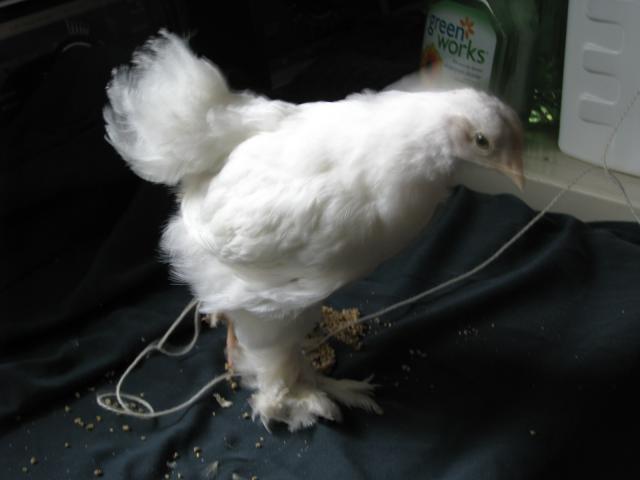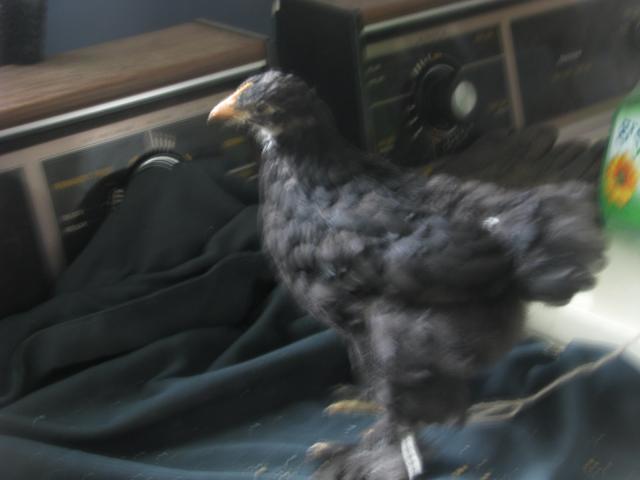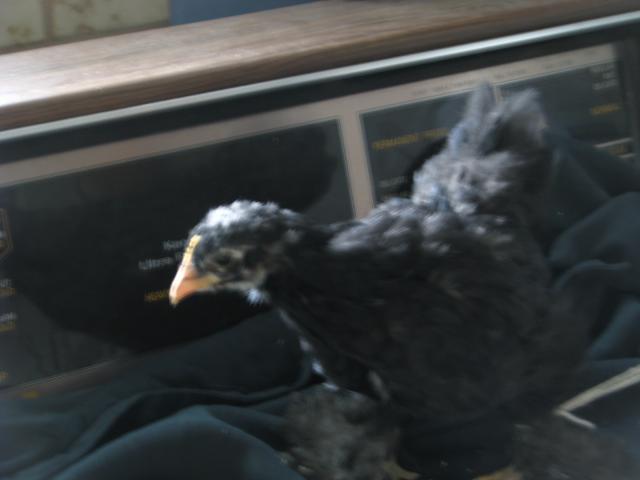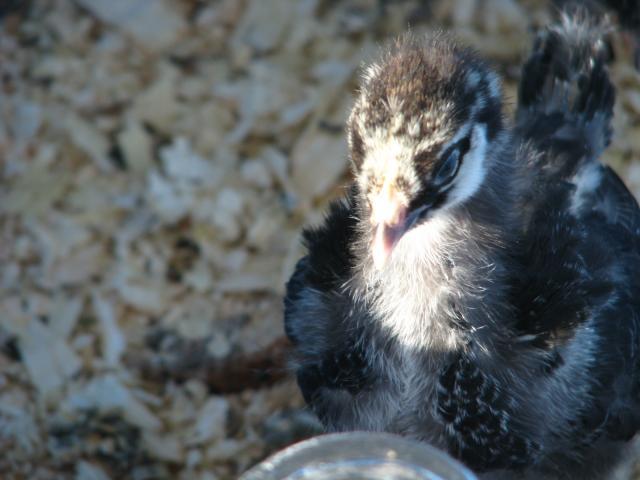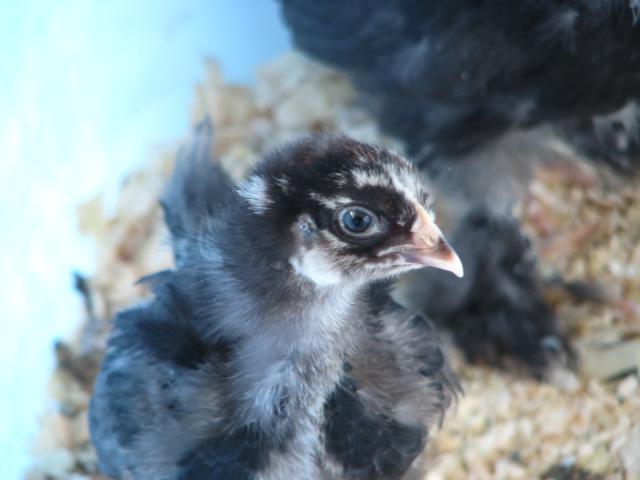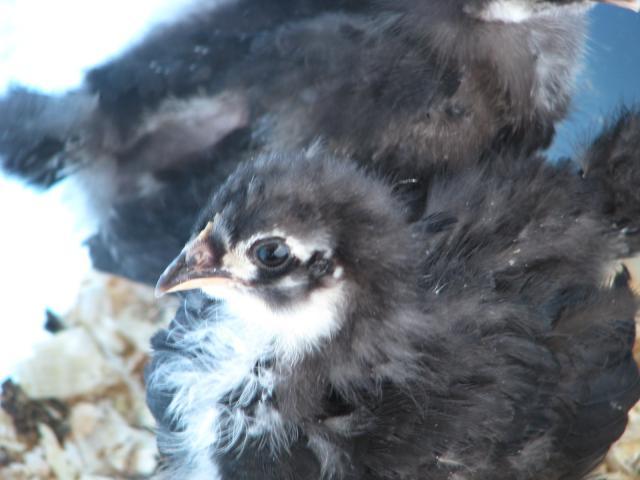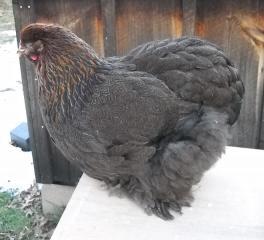Quote:
Haven't tried that cross, not sure of the partridge genetic makeup, I do believe they carry a extended black gene and a dark brown gene not sure what else or what the out come of a black x partridge cross would be. I have too many irons in the fire to try another cross right now. If that cross did work the type and size of the partridge could be improved greatly in a matter of a few generations. I am using them more for the dark brown gene but have also bred them pure to keep some around, I like the pattern.
I have a black hen that is 8 1/2 years old that just laid her first egg of this year! She is the only bird left of an original cross I used to develop my line of blacks. I'll put her with a good cockerel tomorrow and hatch all the eggs she lays, she is a very good hen that has never been beaten in her breed and she tends to produce birds of very good type and size. Hard to believe a large fowl hen can stay productive that long, I lost two of her sisters and a daughter this year due to old age, I will miss this girl when she is gone. Good genetics must be maintained and propogated for as long as they can be; everything on my place be it black, white or mottled can trace their foundation back to this old lady.
Bo
I have noticed that both bantam and LF partridges are a little smaller that other colors. Is it my imagination?
With the Large Partridge, there are limited strains, and therefore they've become inbred. Inbreeding decreases the size. An outcross will increase the size in one generation. An outcross to Blacks as Rudy an Bo have discussed is the best idea. You can get back to a basically Partridge looking bird in 2 generations. I've done that cross and my Partridge are much improved in size. As far as Bantams go the same holds true, however, my Partridge bantams are the same size as my Blacks, Whites or Buffs. Selective breeding is the key.
Haven't tried that cross, not sure of the partridge genetic makeup, I do believe they carry a extended black gene and a dark brown gene not sure what else or what the out come of a black x partridge cross would be. I have too many irons in the fire to try another cross right now. If that cross did work the type and size of the partridge could be improved greatly in a matter of a few generations. I am using them more for the dark brown gene but have also bred them pure to keep some around, I like the pattern.
I have a black hen that is 8 1/2 years old that just laid her first egg of this year! She is the only bird left of an original cross I used to develop my line of blacks. I'll put her with a good cockerel tomorrow and hatch all the eggs she lays, she is a very good hen that has never been beaten in her breed and she tends to produce birds of very good type and size. Hard to believe a large fowl hen can stay productive that long, I lost two of her sisters and a daughter this year due to old age, I will miss this girl when she is gone. Good genetics must be maintained and propogated for as long as they can be; everything on my place be it black, white or mottled can trace their foundation back to this old lady.
Bo
I have noticed that both bantam and LF partridges are a little smaller that other colors. Is it my imagination?
With the Large Partridge, there are limited strains, and therefore they've become inbred. Inbreeding decreases the size. An outcross will increase the size in one generation. An outcross to Blacks as Rudy an Bo have discussed is the best idea. You can get back to a basically Partridge looking bird in 2 generations. I've done that cross and my Partridge are much improved in size. As far as Bantams go the same holds true, however, my Partridge bantams are the same size as my Blacks, Whites or Buffs. Selective breeding is the key.


